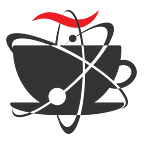What do mangoes, cashews, pistachios, and poison ivy have in common?
Answer: A loan-word from Japanese — “urushi”, and then some.
Lacquered objects from Asia are highly treasured works of art. Lacquering was a complicated and sensitive process where the sap of the urushi tree was used to repeatedly coat the object, yielding a smooth and shiny finish. The sap from the urushi tree, or the Asian lacquer tree (Toxicodendron vernicifluum) is rich in a particular mixture of organic compounds that share a common basic structure — catechol — with additional atoms in multiple combinations; collectively they are referred to as urushiol (pronounced you-rue-she-ol). The higher the concentration of urushiol in the sap, the smoother and shinier the finish of the lacquer.
The urushi tree is a member of the Anacardiaceae family, commonly known as the cashew family; other members of the family include mango, pistachio, and poison ivy. Sumac (Rhus coriaria), a spice that is common in Middle Eastern cuisine, also belongs to the Anacardiaceae family, but lacks urushiol; poison sumac (Toxicodendron vernix) on the other hand does contain urushiol. The two sumacs belong to unique genera in the same family [a botanical family is the equivalent of a town; the genus (plural=genera) is the equivalent of a street; the species is the equivalent of your apartment number].
